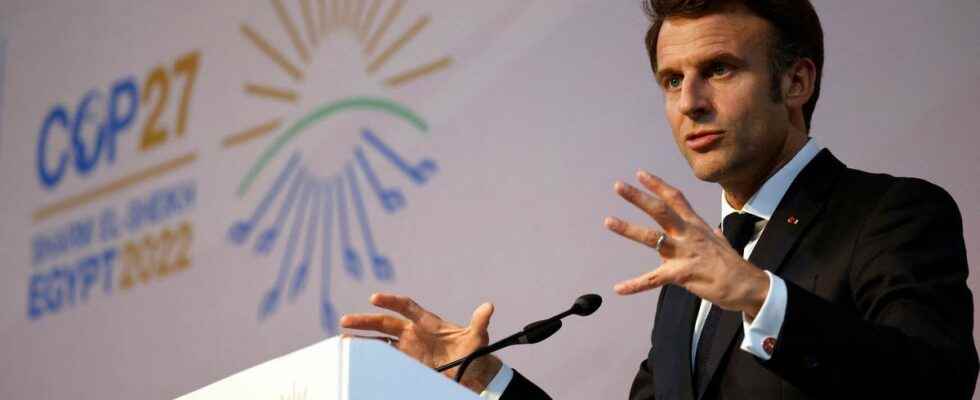Published on
Updated
Reading 2 mins.
In the midst of COP27, the Ministry for Ecological Transition has just released a report on France’s CO2 emissions. From the results, improvements were noted. Judged as encouraging, they are however insufficient to keep the Paris Agreements.
COP27: what is France’s CO2 emission rate?
While climate chaos is at the heart of the COP27 discussions, a report comes to take stock of France’s carbon footprint. It would have fallen by 9% between 1995 and 2021, according to the latest data published by the Ministry of Ecological Transition this Friday, November 4.
According to the results of this report, France’s carbon footprint is estimated at 604 million tonnes of CO2 equivalent (Mt CO2 eq). Based on the population as a whole, the carbon footprint is, in 2021, estimated at 8.9 t CO2 eq per person, compared to 8.3 tonnes in 2020. Emissions associated with imports represent a little more than half ( 51%) of the footprint. They come from:
- goods and services imported and intended for domestic final demand (132 Mt CO2 eq);
- raw materials or semi-finished products imported and consumed by the domestic production system (176 Mt CO2 eq).
The rest of the carbon footprint (49% in 2021) is made up of domestic emissions:
- 113 Mt CO2 eq emitted directly by households;
- 183 Mt CO2 eq associated with the domestic production of goods and services intended for French final demand excluding exports.
Traveling, eating and housing aggregate three-quarters of the greenhouse gas (GHG) emissions of a French person’s carbon footprint, i.e.: 30% for household transport, 23% for their habitat, 22% for their food, 10% for the purchase of capital goods and 16% for market and non-market services used by households.
A drop in C02 emissions, but deemed insufficient…
According to the report – which covers a period from 1995 to 2021 – France’s carbon footprint has decreased by 9%. An encouraging figure, but still insufficient given the objectives set by the Paris Agreement, which aims to keep global warming of the planet below +2 degrees Celsius (ideally 1.5 ° C). Which, in accordance with the directives set by the European Union, implies for the country to reduce its greenhouse gas emissions by at least 40% by 2030.
Gold, a report published in July 2022 by the High Council issued a final opinion: “despite a downward trend in greenhouse gas emissions in 2021, France’s efforts to combat global warming remain insufficient to achieve the objectives set for 2030”decided the proceeding.
In addition, while domestic emissions have fallen by 27%, CO2e emissions associated with imports have increased by 20%. According another report of the High Council for the Climate published in October 2020, these emissions are continuously increasing and would even have become “larger than the emissions on the national territory”.
Since its signature in December 2015 at the end of COP21, the Paris Agreement has only been respected by one country: The Gambia. According to estimates released at the end of 2021 by the independent international scientific analysis consortium Climate Action Tracker, this West African country is indeed the only signatory state to have taken “adequate” measures to limit global warming to 1.5°C.
